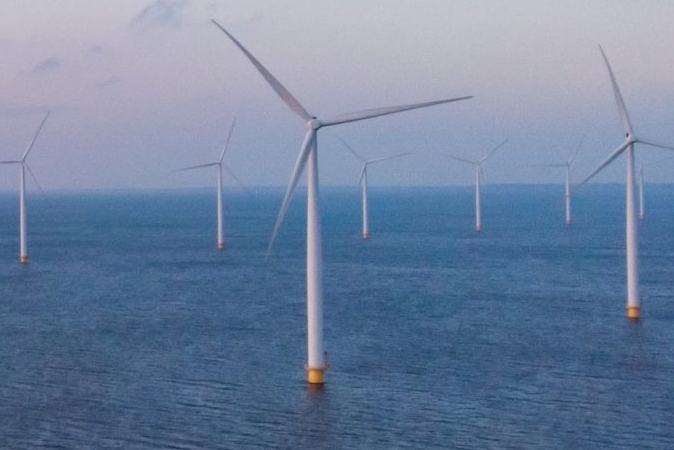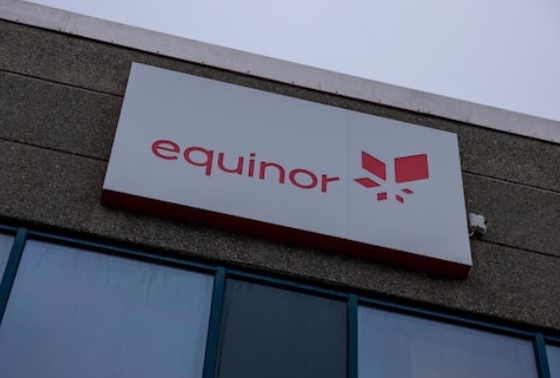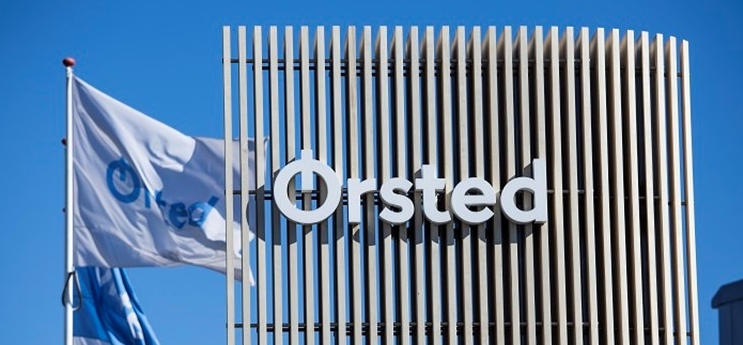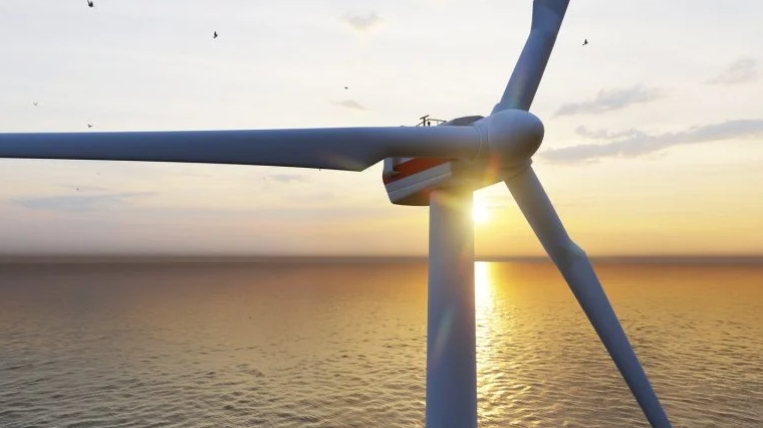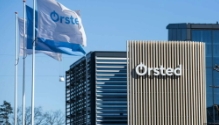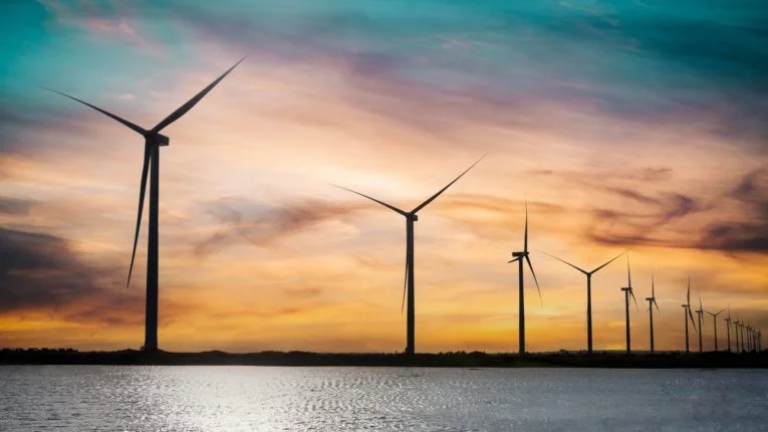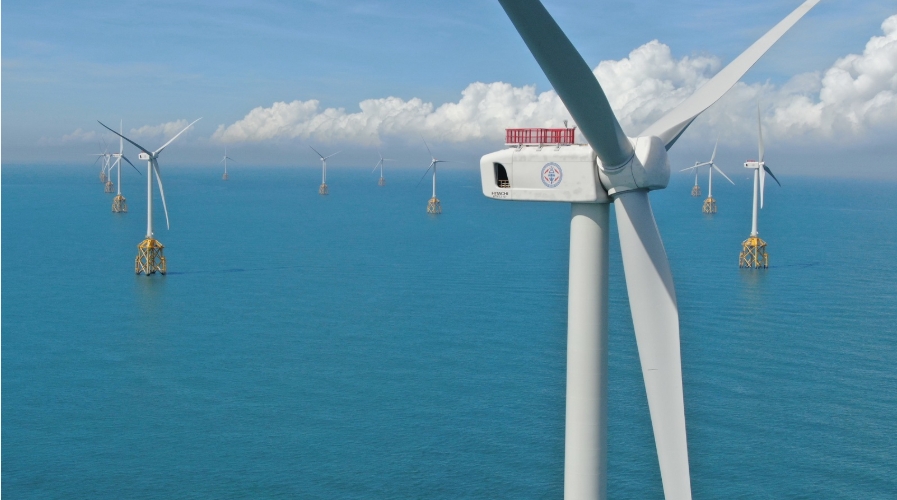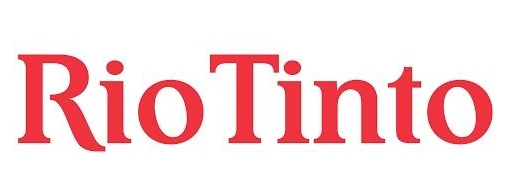
Global mining group Rio Tinto on June 4 announced plans to develop a research and development facility in Western Australia that will use biomass and microwave energy to assess the effectiveness of its low-carbon ironmaking process, referred to as BioIron.
BioIron uses raw biomass and microwave energy instead of coal to convert Pibara iron ore to metallic iron in the steelmaking process. According to Rio Tinto, the BioIron technology has the potential to reduce carbon emissions by up to 95% when compared with the current blast furnace method. The technology also reduces electricity consumption by approximately 33% when compared to steelmaking process that rely on renewable hydrogen.
The technology has been implemented in a small-scale pilot plant in Germany. The facility under development in Australia will be 10 times bigger than the German plant and test the technology at a semi-industrial scale. The facility is expected to have the capacity to produce 1 metric ton of direct reduced iron per hour. Data gathered from plant operations is expected to support a larger, demonstration-scale project.
The plant has been designed in collaboration with University of Nottingham, Metso Corporation and Western Australian engineering company Sedgman Onyx. Fabrication of the equipment will begin this year, with commissioning expected in 2026, according to Rio Tinto.
The BioIron technology uses raw biomass such as agricultural by-products like wheat straw, barley straw, sugarcane bagasse, rice stalks, and canola straw, instead of coal as the reducing agent. Rio Tinto said it is working to ensure only sustainable forms of biomass are used in its process.
According to the company, iron ore fines are mixed with raw biomass material and heated using a combination of gas released by the biomass and high-efficiency microwaves powered by renewable energy.
